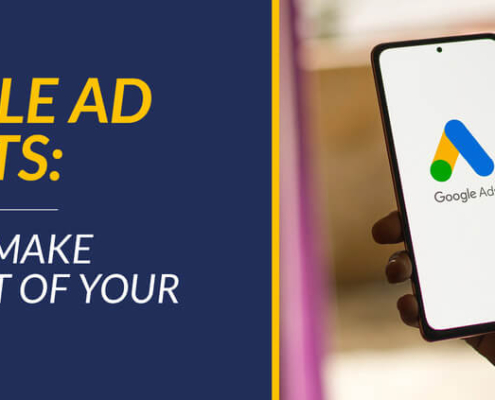
Google Ad Grants: How to Make The Most of Your Free Ads
Imagine having $10,000 each month to get your nonprofit in front…

5 Nonprofit Marketing Ideas You Need to Promote Your Cause
Nonprofit marketing is the key to growing your organization,…

9 Donor Engagement Strategies to Transform Your Outreach
Nonprofits rely on donors' generosity to fund their mission programming…

An Ultimate Guide to Donor Data Research and Retention
You’ve likely heard the saying that it’s cheaper to retain…

5 Insider Nonprofit Graphic Design Steps to Boost Campaigns
Nonprofit marketing helps organizations raise awareness about…